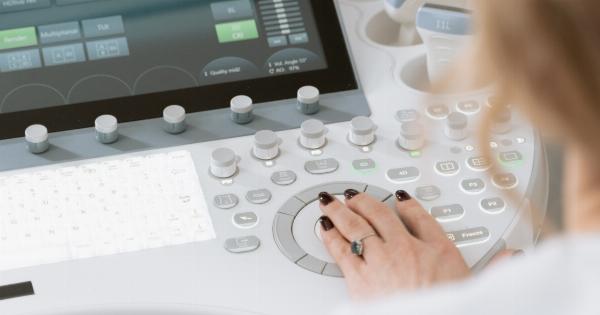Prostate cancer is the second most common cancer in men worldwide. Early detection is crucial for successful treatment, as it allows for proactive measures to be taken, potentially increasing the chances of survival.
While various screening methods exist, one promising approach gaining traction is hand examination. This article delves into the subject, exploring the effectiveness of hand examination as a tool for prostate cancer detection.
Understanding the Prostate Gland
The prostate gland is a small, walnut-sized organ situated below the bladder and in front of the rectum. It plays a vital role in male reproductive function by producing seminal fluid.
Prostate cancer occurs when cells in the prostate gland mutate and multiply uncontrollably.
Common Screening Methods
Traditionally, prostate-specific antigen (PSA) blood tests have been the primary, non-invasive method of screening for prostate cancer. These tests measure the levels of PSA, a protein produced by the prostate gland, in the blood.
However, the reliability of PSA tests has been a subject of debate due to their potential for false positives and false negatives.
Other imaging techniques, such as ultrasound, magnetic resonance imaging (MRI), and computed tomography (CT) scans, can also aid in the detection and diagnosis of prostate cancer.
However, these methods can be expensive, time-consuming, and may not be readily accessible.
The Role of Hand Examination
Hand examination offers a simple and cost-effective way to potentially detect prostate abnormalities. During a digital rectal examination (DRE), a healthcare professional inserts a gloved, lubricated finger into the rectum to feel the prostate gland.
The procedure allows them to assess the size, shape, and texture of the gland, as well as detect any irregularities or abnormalities.
Significance of Findings during Hand Examination
During a DRE, certain factors are taken into consideration to determine whether further investigation is necessary. These include:.
1. Nodule Formation
The presence of a hard lump or nodule on the prostate gland may indicate the presence of prostate cancer. However, benign conditions such as prostate enlargement (benign prostatic hyperplasia) can also cause nodules.
2. Asymmetry
An asymmetrical prostate, where one side feels notably different from the other, could be a potential sign of prostate cancer. However, further tests are needed to confirm the diagnosis.
3. Texture Alterations
Changes in the texture of the prostate gland, such as areas feeling hard or rough, could suggest the presence of prostate cancer. Again, additional testing is usually required to reach a definitive diagnosis.
4. Enlargement
A significantly enlarged prostate may indicate various conditions, including prostate cancer. However, additional investigations are necessary to ascertain the underlying cause.
Limitations of Hand Examination
While hand examination has its advantages, it also has some limitations:.
1. Subjectivity
The interpretation of findings during a DRE can vary between healthcare professionals. This subjectivity may lead to inconsistencies in diagnosis.
2. Early Stage Detection
DRE is less effective in detecting prostate cancer during its early stages when the tumor is small and confined to the prostate gland. Additional tests like PSA tests and imaging techniques may be necessary for accurate detection.
3. False Negatives and Positives
As with any screening method, false negatives and positives can occur. An individual with prostate cancer may receive a negative result, while another without cancer may receive a false positive result due to other factors affecting the findings.
The Role of Hand Examination in Prostate Cancer Screening
While hand examination alone may not provide a definitive diagnosis, it plays a crucial role in prostate cancer screening. It serves as an initial step, indicating the need for further investigations based on the findings.
Hand examination, combined with other screening methods, can enhance early detection rates and improve overall diagnostic accuracy.
Improving the Reliability of Hand Examination
Efforts are underway to improve the reliability of hand examination as a prostate cancer detection method. Research is focused on developing standardized protocols and training to reduce subjectivity among healthcare professionals performing DREs.
Additionally, new technologies, such as elastography, are being explored to enhance the assessment of prostate tissue during hand examination.
The Future of Prostate Cancer Screening
As healthcare providers and researchers continue to explore advancements in prostate cancer screening, hand examination remains a valuable tool.
With ongoing efforts to minimize subjectivity and improve the reliability of hand examination, it may become an even more integral part of routine screenings.
Conclusion
Hand examination, specifically a digital rectal examination, serves as a significant component of prostate cancer screenings.
While it has limitations, it is a cost-effective, easily accessible method that aids in the detection of prostate abnormalities. As technology and protocols advance, hand examination is expected to remain an essential tool in the early detection of prostate cancer.





























